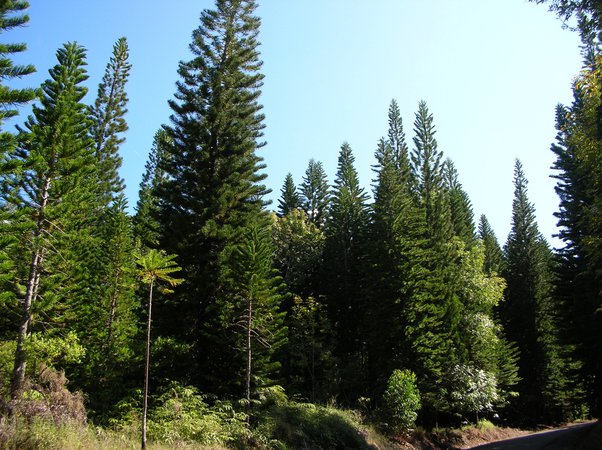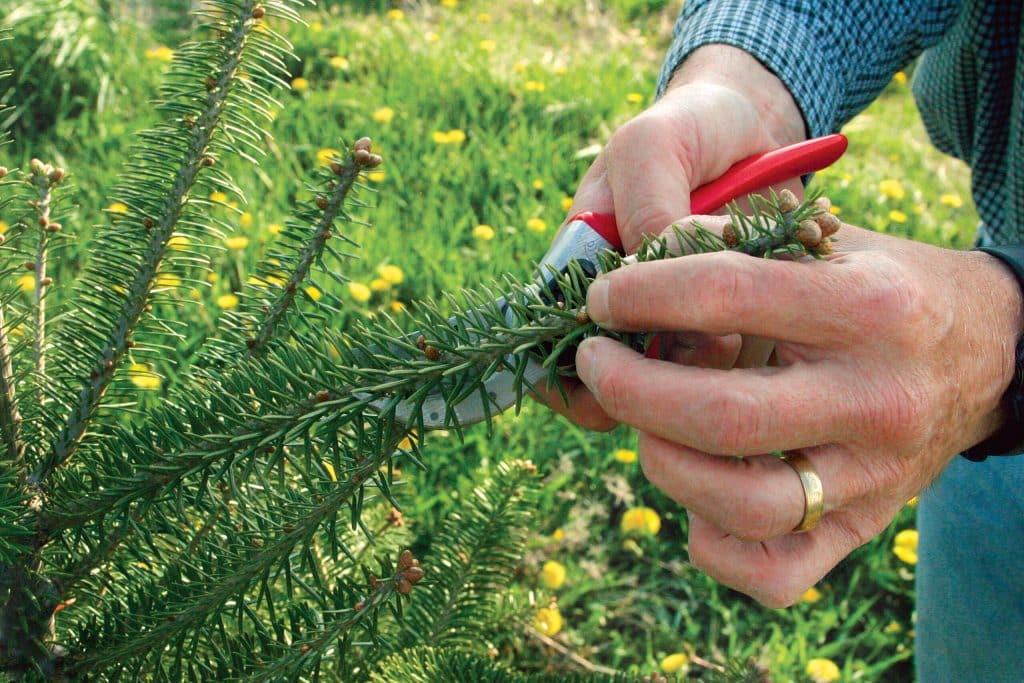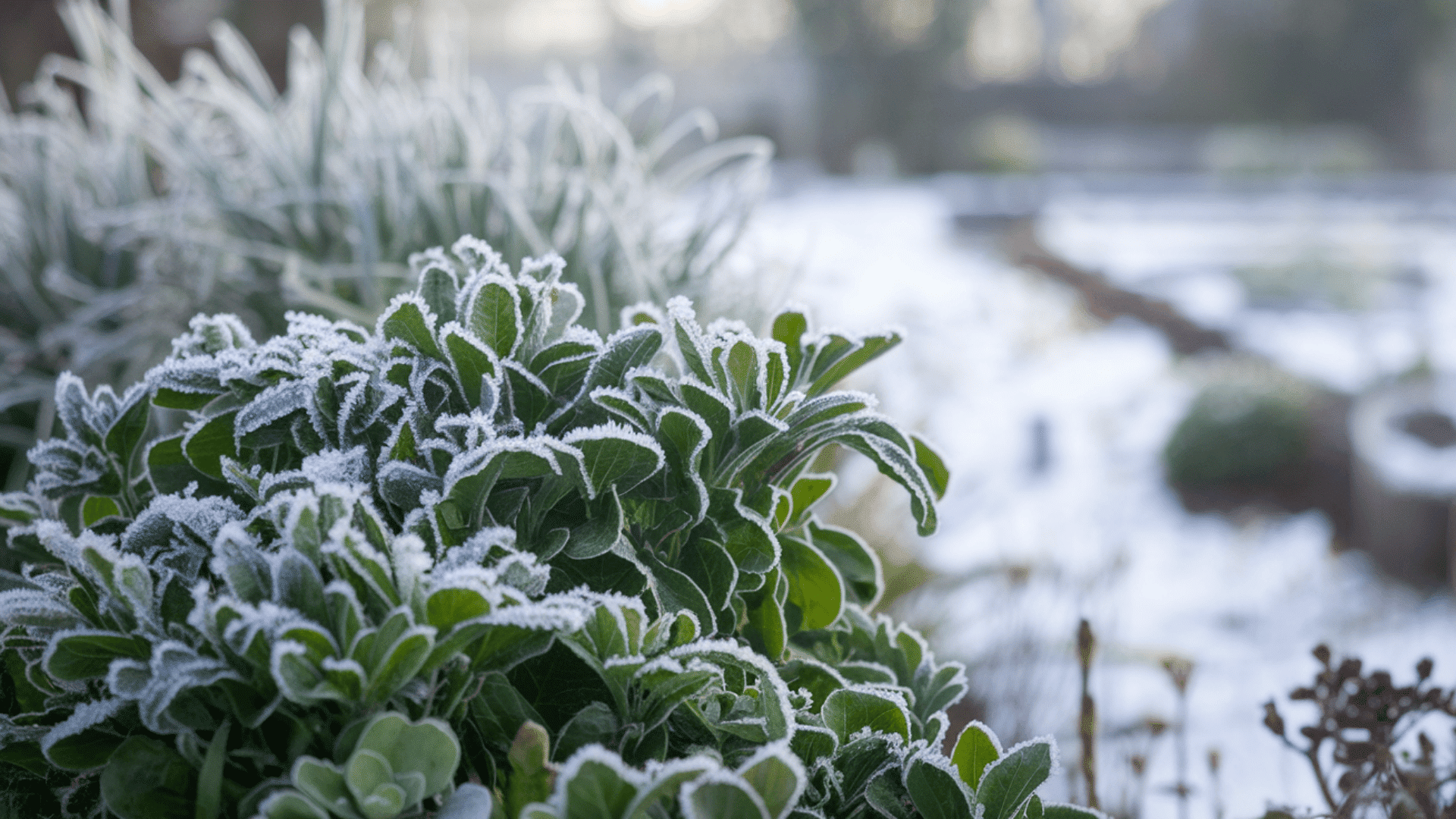Can You Prune Coniferous Trees? A Guide to Pruning Evergreens
Another more used name for coniferous trees is evergreens. They are a widely diverse type of tree and are known for their needle-shaped leaves and cone-bearing nature. People prize these trees for their year-round greenery. They also provide vital habitat and food for wildlife.
Pruning is vital for tree care. It involves selectively removing branches. It improves health, structure and last but not least, the trees’ appearance. Most coniferous trees are low-maintenance if you compare them to deciduous trees, but both types require proper pruning to be in their best conditions.
1. Characteristics of Coniferous Trees

Description of Coniferous Trees
These are a very versatile type of trees, they vary in form, size and shape, from tall and majestic pines to tiny dwarf spruces. They are usually cone-shaped or columnar. They have branches that stick out from a central trunk.
Growth Habits and Forms
Coniferous trees have many growth habits. Such are dwarf forms, weeping, spreading, upright, etc. These trees may have dense foliage. It provides great screening and privacy. Or, they may have open branches that show off their elegant shapes.
2. Reasons for Pruning Coniferous Trees

Enhancing Tree Health and Vigor
Regular pruning of coniferous trees almost entirely eliminates the risk of developing a disease. It also boosts healthy growth by removing sick and damaged branches on time. It can then use resources better for healthy growth.
Improving Aesthetic Appeal
To have healthy, beautiful and symmetrical trees, you need to trim them per their requirements. It shapes them into attractive specimens that fit the landscape. Good pruning can encourage a balanced canopy. It prevents overcrowding and odd growth. Check out our other 10 tips for transforming your outdoor space with residential landscaping.
Addressing Structural Issues
Pruning can fix structural problems. Some of these can be weak branches, co-dominant stems, rubbing branches and similar. Prune such occurrences regularly to improve the tree’s structure and reduce risks. It does this by removing competing or poorly placed branches.
3. When to Prune Coniferous Trees
Seasonal Timing for Pruning
Coniferous trees must be pruned during their dormant period. Before new growth starts, this normally happens in late winter or early spring. Pruning at this time helps the tree heal from wounds more rapidly and puts less stress on it. To get rid of unhealthy or dead branches, however, modest pruning can be done all year round.
Considerations for Specific Conifer Species
Consider the growth habits and needs of each conifer species. They’re key for deciding when and how much to prune. Pines and spruces need aggressive pruning. This keeps their shape and size. In contrast, firs and cedars need only minimal pruning to thrive.
After storms
If a storm has passed through your property, you need to inspect your trees for damages. In case you spot any damaged or broken branches, you need to prune or remove them immediately. See what are some other dos and don’ts for tree care after a storm.
4. How to Prune Coniferous Trees
Tools and Equipment
Use loppers, pruners and pruning saws to properly cut the branches. You can also use pole pruners. The tool you use depends on the branch’s size and accessibility.
Techniques for Proper Pruning
Using the right techniques is essential when pruning coniferous trees. These methods protect the tree from harm and encourage strong regeneration. Make precise cuts that stop short of the bark ridge or branch collar. Refrain from removing bark or leaving uneven edges since these actions may attract pests and illnesses.
5. Tips for Pruning Coniferous Trees Safely
Safety Precautions
The first consideration when cutting coniferous trees should always be safety. Put on the appropriate safety equipment. This equipment consists of protective goggles, gloves, and supportive shoes. It offers defence against slashes and flying debris. Use caution with sharp tools. Also, avoid working near power lines or in bad weather.
Proper Pruning Practices
Start by assessing the tree’s health and structure. Do this before beginning to prune. Mark the branches to be pruned. Focus on removing dead, sick, or damaged ones first. Work from the bottom up. Prune one branch at a time. This keeps the canopy balanced and symmetrical.
6. Common Mistakes to Avoid When Pruning Coniferous Trees
Over-pruning
Most people who have coniferous trees in their yards make the mistake of over-pruning them. This means removing too many branches at once. Over-pruning can stress the tree. It disrupts its natural growth pattern. This leads to sparse foliage and weak branches. You must prune them a little. Only cut branches are needed for the tree’s health and structure.
Incorrect Pruning Techniques
Another common mistake is using bad pruning techniques. These include topping or lion-tailing, which can cause ugly and unhealthy growth. Topping means cutting off the tops of branches. To make a “lollipop” shape, the lowest branches are stripped off when lion-tailing. Such actions can weaken the tree, which also makes it more vulnerable to pests and diseases. To protect your trees from such issues, you can turn to a tree surgery service for assistance.
Conclusion: Pruning Coniferous Trees for Optimal Health and Beauty
To sum up, if done correctly pruning coniferous trees is very beneficial. It keeps the entire tree in shape and healthy. It’s ideal to do so while the trees are in their dormant season which is usually late winter to early spring. Remove damaged or dead branches without cutting the main stem if possible in a light annual pruning.
Pruning coniferous trees is key for tree care. It can improve their health, structure, and looks. Understanding the reasons for pruning is key. So is knowing the best timing, the techniques, and the importance of safety. It ensures that homeowners’ and landscapers’ coniferous trees stay healthy. They also stay vibrant and beautiful for years.







